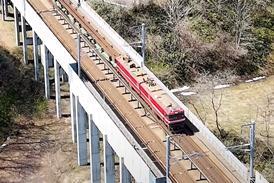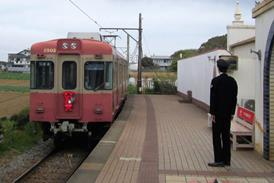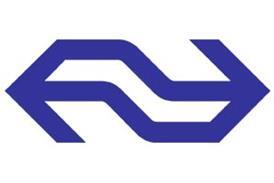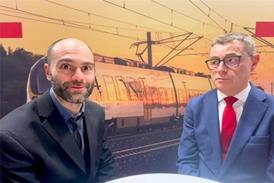ON June 2 Alstom, formerly GEC Alsthom, officially launched the initial public offering of its shares. The company was to be floated simultaneously on the London, New York and Paris stock exchanges, with Paris the primary listing. Trading was expected to begin on June 22 when the offering price was due to be announced, expected to be in the range of Fr190 to Fr220 per share.
The offering was to comprise over 52% of Alstom’s share capital, in the form of 99317074 shares held by parents GEC of Great Britain and Alcatel of France and 9756098 newly-issued Alstom ordinary shares. A primary offering of 4320558 ordinary shares was to be made on preferential terms to qualifying employees of Alstom and its subsidiaries. Credit Suisse First Boston and Goldman Sachs International have been appointed joint global co-ordinators, lead managers and bookrunners for the offering, with Alstom advised by SBC Warburg Dillon Read and Banque Nationale de Paris.
Commenting on the announce-ment, Alstom President & Chief Executive Officer Pierre Bilger said that Alstom was already ’a member of an elite superleague of players’ in the global power and rail transport markets. As a public company, he expected Alstom to be ’even better placed’ to pursue its global ambitions and grow market share.
Reporting a 5·9% increase in operating income to Ecu521m on revenue of Ecu11·1bn, Alstom recorded Ecu11·6bn of new orders for the year to March 31 1998. Transport currently accounts for 27% of revenue, and Alstom ranks itself ’a close second’ in the world rail market with a 14% share, but ’number one’ in the metro sector. Describing itself as ’the only profitable global operator in the industry’, Alstom says it is the second-largest signalling supplier following the acquisition of Sasib. The company also highlights the 20% of its revenue provided by maintenance and other services, ’the fastest-growing and most profitable segment of the market’. o

















